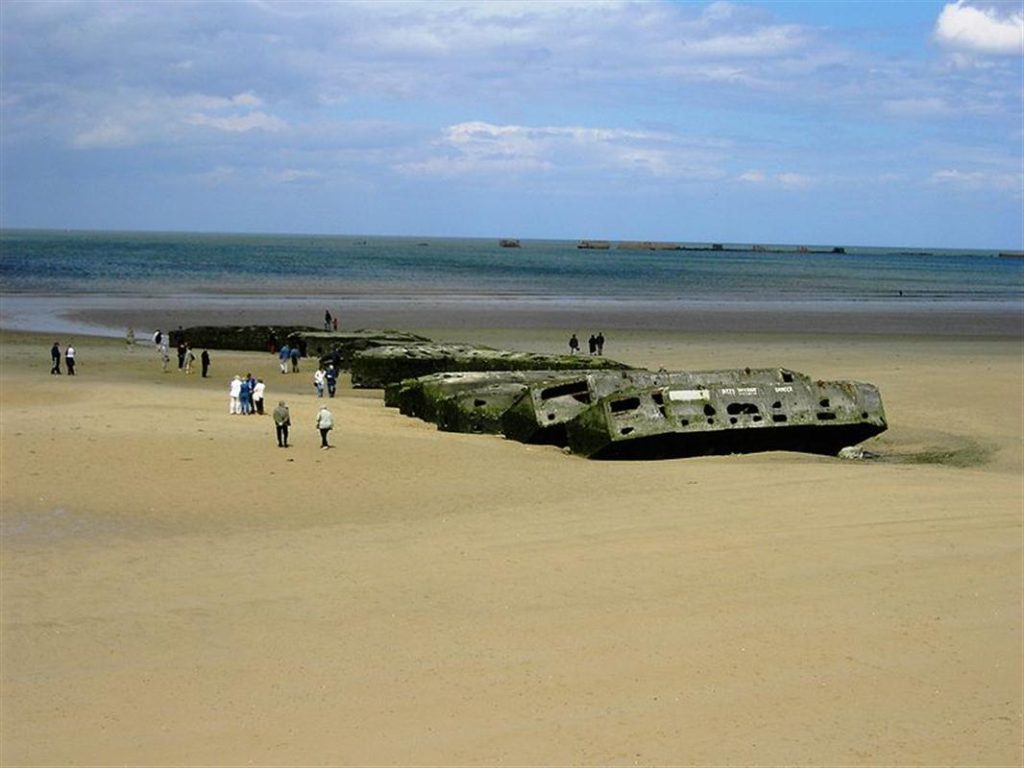When the US president travels, he is accompanied by the “Nuclear Football”, a briefcase containing the nuclear launch codes. Here is a photo of the Football:

The Football allows him to order nuclear war despite being away from the White House or away from a US military installation. It is beyond ironic that Mr. Obama will be visiting Hiroshima Japan as part of the G-7 Summit meeting, and will bring along the Nuclear Football to his May 27th tour of the Hiroshima Peace Memorial Park.
Obama will also bring a political to Hiroshima. No sitting American president has visited the site of the only nuclear weapon dropped in anger. The question is should he apologize for America dropping the bomb? What should he say to survivors and victim’s relatives?
And back home, what would he say to the veterans and their families who gave and lost so much?
Conservatives are revving up the “Apology Tour” meme. It gives them a free shot at Hillary, while allowing Trump to tout his truculence, by telling us once again that he “never apologizes.”
The Asahi Shimbun English (on line version) is making it clear that Obama will not apologize while in Japan. In fact, although he will be accompanied by Japanese Prime Minister Abe, there will be no major speech, and no meeting with the Japanese A-bomb survivors. According to White House Press Spokesman Josh Earnest, there will a wreath-laying and remarks underlining a “look back” at the events in Hiroshima and Nagasaki.
So, the political football will be how Obama tip-toes between the natural human reaction to so much innocent death, and his role as Commander-in-Chief of the world’s most powerful military, the one that caused all that death 70 years ago.
Obama makes this an issue by going to Hiroshima. There would seem to be no point to the visit unless he intended to use it to make a gesture, such as indicating some level of regret or expressing sympathy for the victims (he should express sentiments short of an apology) and/or to speak about the need foster peace going forward.
Without a clear political or diplomatic objective, his visit merely reopens a long-festering wound in Japan. Although the Japanese have plenty of blood and atrocities on their hands, our use of nuclear weapons is an order of magnitude worse than anything the Japanese did.
The nuclear airburst was a deliberate targeting of civilians with the most powerful weapon ever created, for the sole purpose of fostering civilian terror. Obama could restate that no country should ever consider using nuclear weapons against civilians again, even if he cannot provide an apology.
We set a terrible precedent with the first use of nuclear weapons. Those attacks have enshrined our place in history as the first, and only nation ever to use these weapons in war. It’s a miracle that we have survived the false alarms and crises that could have easily led to nuclear exchanges between the US, its allies and the USSR. We still live under a cloud of potential devastation that could result from nuclear exchanges between India and Pakistan. And yet, we are now busy modernizing and upgrading our nuclear weapons (long after they’ve been recognized as having no essential military value).
Nobody can say for certain that the decision to bomb Hiroshima did or did not bring about a faster end to the war. But we can say that the Americans firebombing Tokyo or the Brits firebombing Cologne or Dresden, all of which caused hundreds of thousands of civilian deaths, are not morally equivalent to dropping nukes on Hiroshima and Nagasaki.
Obama will speak at Hiroshima. He will probably offer thoughts as a father, acknowledging the horror that occurred at an earlier time in the history of conflict between the two countries. It is important, as is the acknowledgement that the countries have been allies for what is now a very long time. They now have a common competitor in China, and their joint future is more important than their history in WWII.
Obama will attempt to square the circle, saying that use of nuclear weapons is a terrible, immoral thing, but he can’t forswear their future use without damning Hillary to second place. He can’t apologize for the US dropping nukes without turning the US military against the Democrats.


